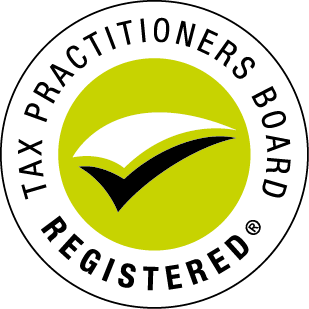It’s hard to know where to start when you decide to take control of your money. It can be helpful to know exactly how much money is coming in and going out to start this process.
Understand where your money is going
Although it can seem daunting to track every dollar you spend, it will give you a clear view of where you are spending your money. Small things often go missing when you estimate your spending, so taking note of these will help you understand the gap between your estimations and your actual spending.
Track your spending and expenses
You should start tracking your spending every day for a set period of time. This could be a few weeks or a few months. You will begin to notice patterns of spending the longer you track your expenses.
A simple way to track your spending is through a phone app. Certain apps will even allow you to limit your spending and give you an easy-to-understand overview of your expenses.
If you regularly use your card, then your bank statement will contain every translation detail. Views these regularly or at the end of the week.
Alternatively, you can also write down where you spend your money and how much you spent. This is especially useful if you regularly use cash.
Reflect on your tracking
At the end of this tracking period, you should be able to see where you most spend your money. Being aware of this might help reduce your spending but there are also other things you can do.
Take note of where you can save your money. There may be certain items that you regularly buy over time, which you might be able to cut down spending for by buying for the long term.
You should also distinguish between what you ‘need’ and what you ‘want’. This will give you a good estimate of what ‘wants’ you are spending most on and how to best cut down on them.
Test out a budget
Using this information, test out a budget and see if it works. This time, you should aim to set a realistic limit for the next week or month. You should account for some of your wants as well as your needs.
Your budget may require revising, but you should create one which balances your previous spending habits, and your future financial goals.

